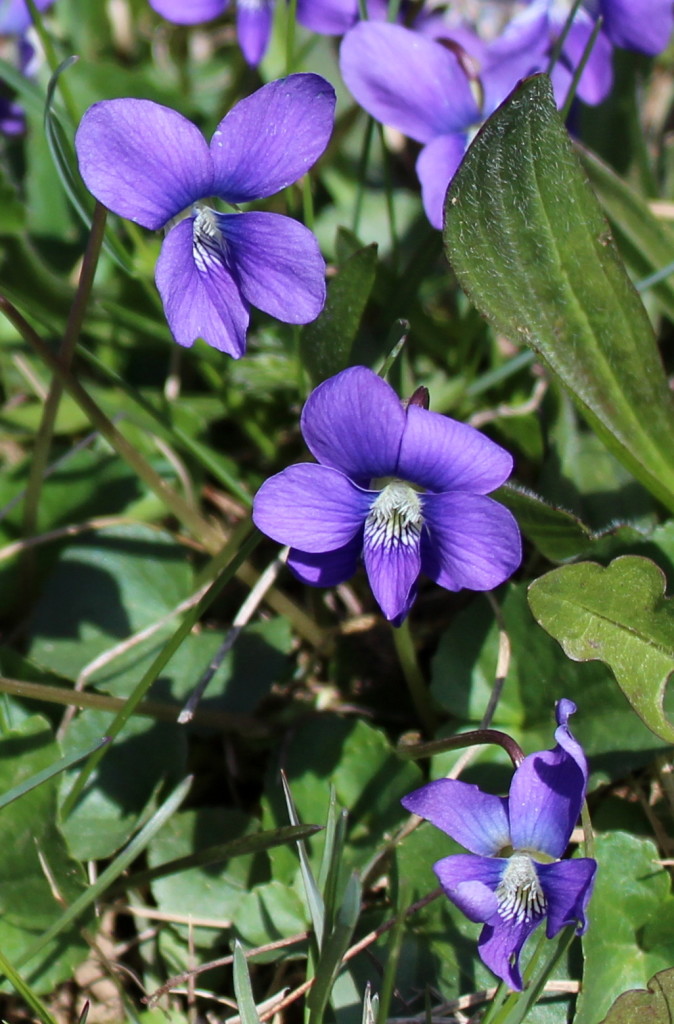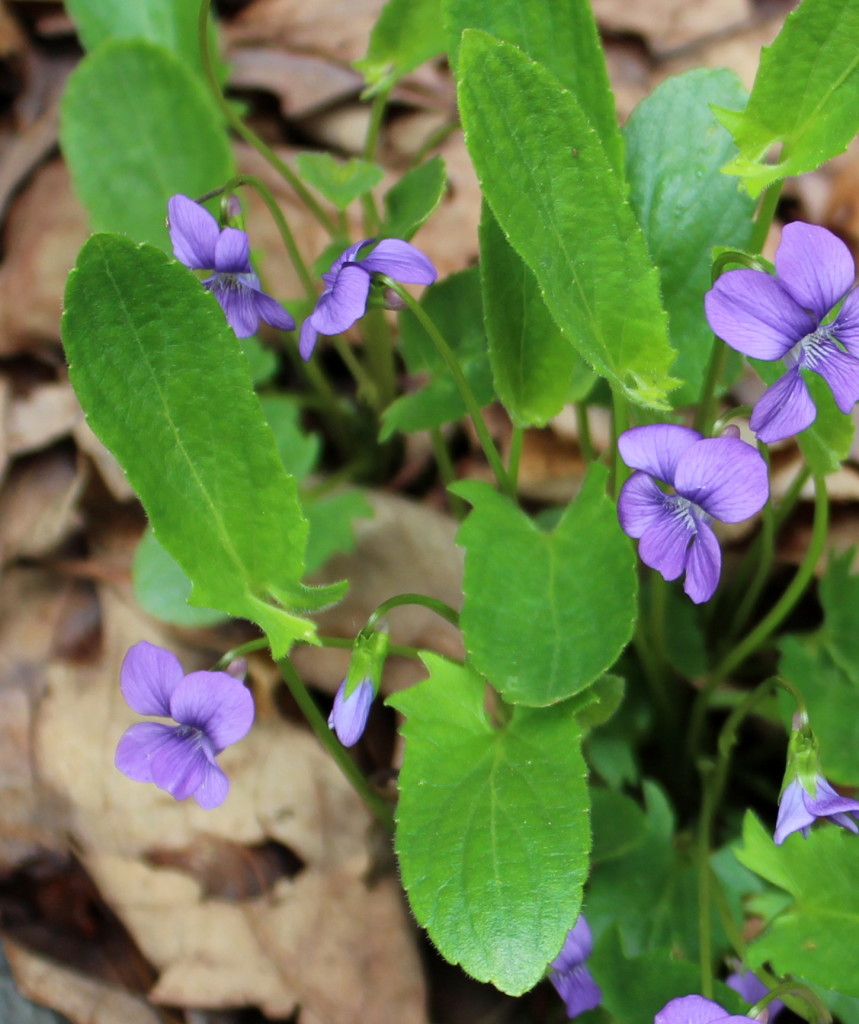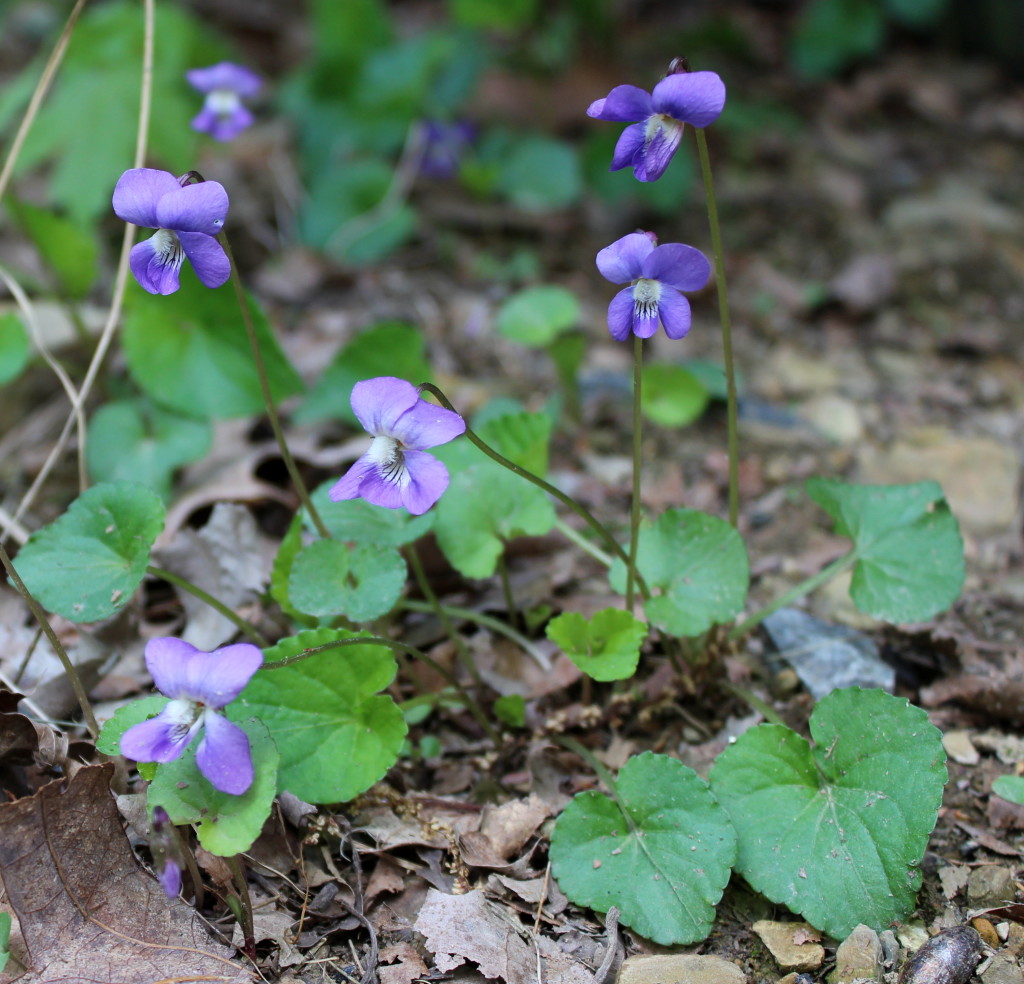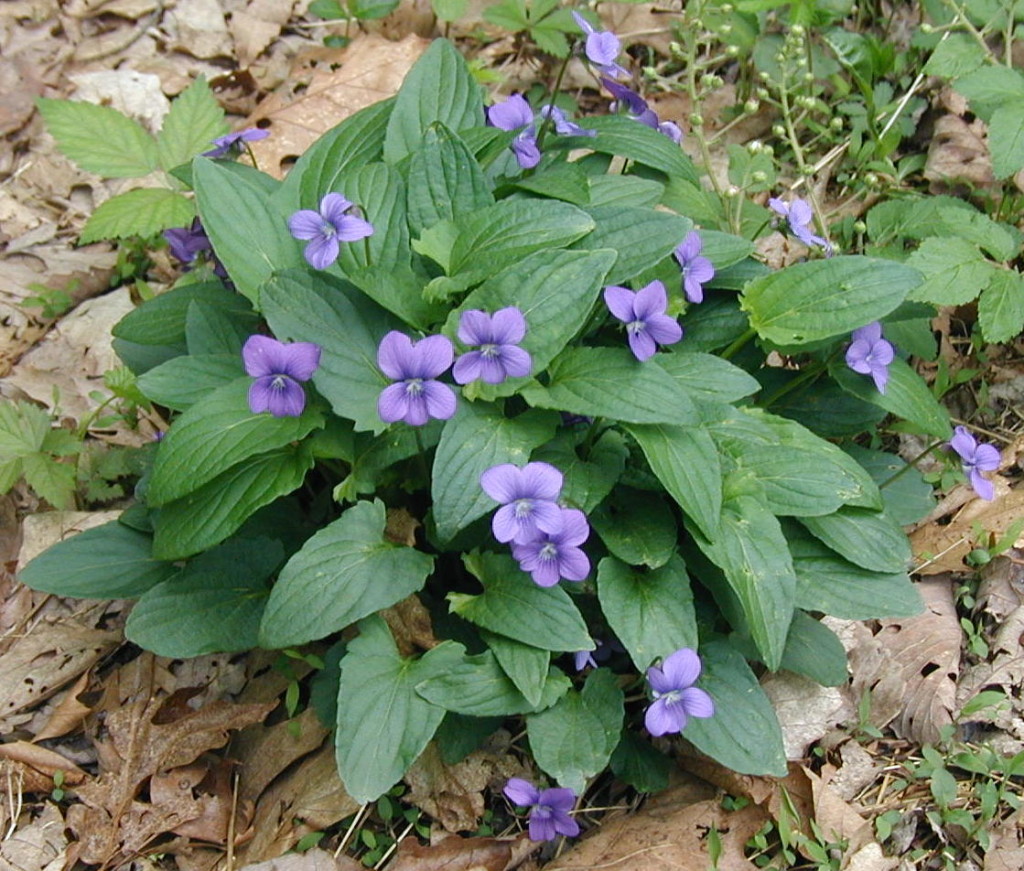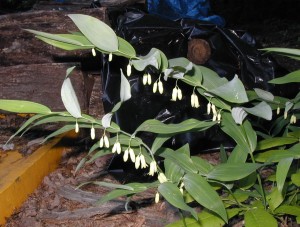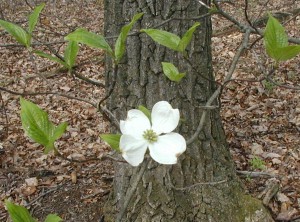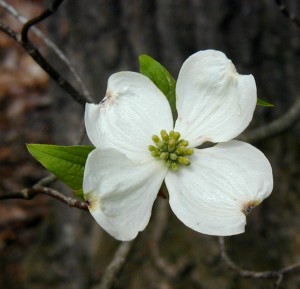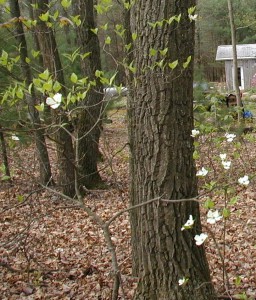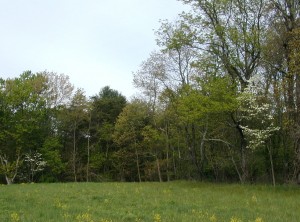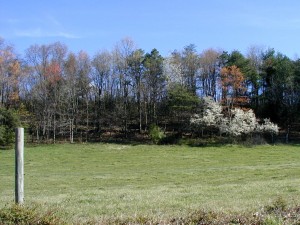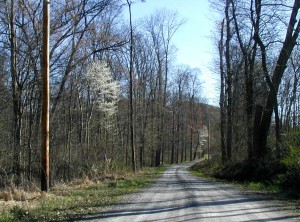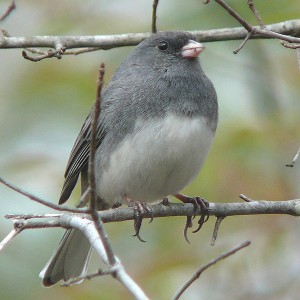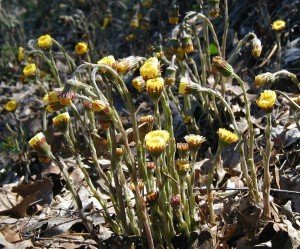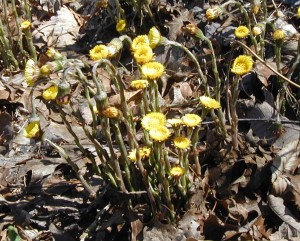The day before Spring announced itself on our calendars I spied the first flower of the season. After the winter we just had — it was refreshing to see new life!
The 3-inch snowfall that came on the first day of Spring was melted by the next day, except for a few snow banks and places in the shade. The melting snow contributed to the mountain streams already flowing downhill. Low lying areas are full of this really cold water.
Driving on a back road I could slow down enough to see the skunk cabbage hoods sticking out of the mud a couple of inches.
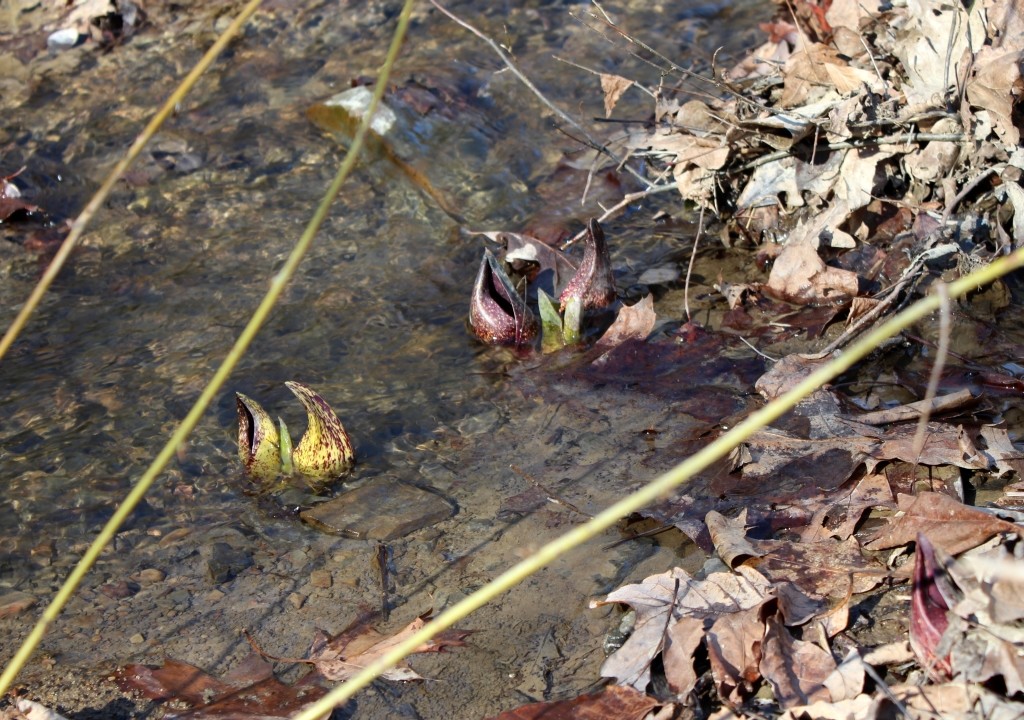
Skunk cabbage seems to like water so much that it has no problem coming up right in the mountain stream. Just don’t look for it in dry areas. Without a large amount of water to draw upon, the huge leaves of skunk cabbage would have difficulty attaining their full size.
The hood that surrounds the flowers are variously mottled with yellow and maroon. Some hoods are maroon with yellow spots while others are mostly yellow with maroon spots.
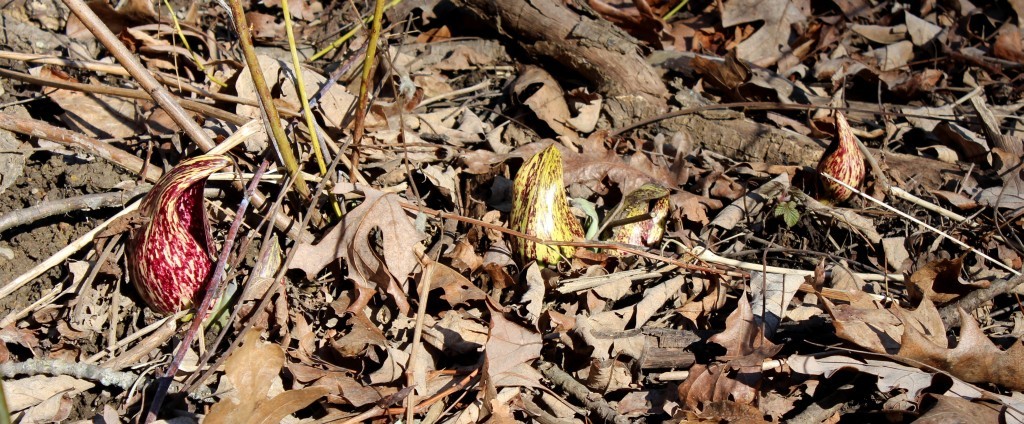
For another few weeks the skunk cabbage will be growing in the marshy and wet areas. At first you’ll be able to see the hoods surrounding the actual flowers. On closer inspection the flowers can be observed inside the hood. Later on the leaves will be much more visible. Right now, the leaves are rolled up and starting to point out of the ground next to the flower.

